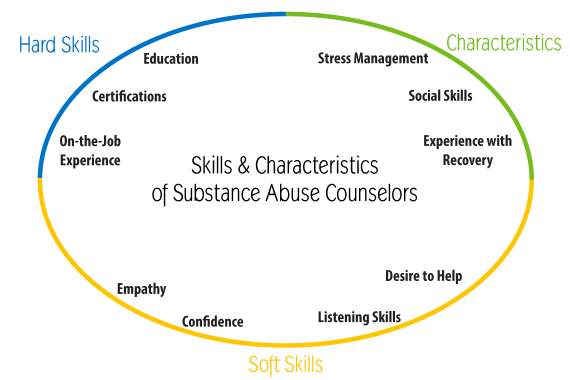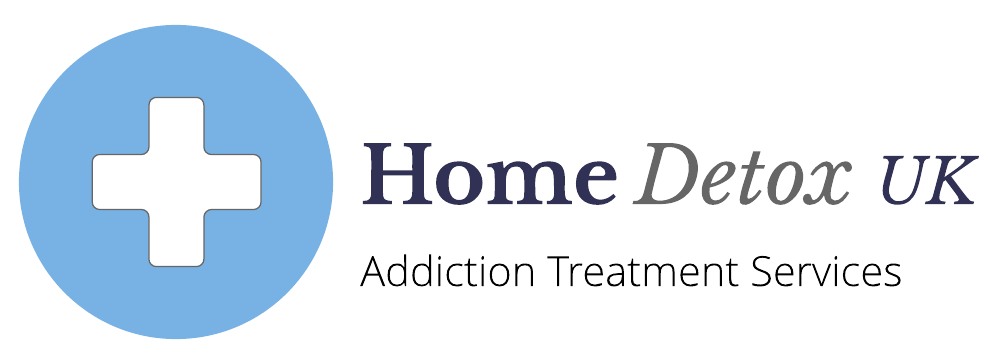It's extremely typical to see them likewise work with member of the family who are affected by the addictions of the individual, or in a neighborhood to avoid dependency and inform the general public. Therapists ought to be able to acknowledge how addiction affects the entire individual and those around him or her. Counseling is also connected to "Intervention"; a procedure in which the addict's family and loved ones demand assistance from a professional to get a specific into drug treatment.
Denial suggests absence of desire from the patients or worry to challenge the real nature of the addiction and to take any action to enhance their lives, instead of continuing the devastating habits. As soon as this has been achieved, the therapist coordinates with the addict's family to support them on getting the private to drug rehab right away, Drug Rehab Facility with issue and care for this person.
An intervention can also be carried out in the workplace environment with colleagues instead of household. One approach with limited applicability is the sober coach. In this approach, the customer is serviced by the company( s) in his or her house and workplacefor any efficacy, around-the-clockwho functions much like a nanny to guide or manage the client's behavior.
This conceptualization renders the individual essentially helpless over his/her troublesome behaviors and unable to stay sober by himself or herself, much as people with a terminal disease being unable to combat the illness by themselves without medication. Behavioral treatment, for that reason, always requires individuals to admit their dependency, renounce their previous way of life, and seek a supportive social network who can assist them remain sober.
These approaches have actually fulfilled considerable quantities of criticism, coming from opponents who disapprove of the spiritual-religious orientation on both psychological and legal grounds. Challengers also compete that it lacks valid scientific evidence for claims of effectiveness. However, there is survey-based research that recommends there is a correlation between participation and alcohol sobriety (what are the changes to the treatment addiction).
7 Easy Facts About What Types Of Treatment Are There For Cocaine Addiction Explained
WISE Recovery was founded by Joe Gerstein in 1994 by basing REBT as a foundation. It gives significance to the human company in overcoming addiction and focuses on self-empowerment and self-reliance. It does not sign up for disease theory and powerlessness. The group conferences involve open conversations, questioning choices and forming corrective steps through assertive exercises.
Objectives of the SMART Recovery programs are: Building and Preserving Motivation, Dealing With Desires, Managing Thoughts, Sensations, and Behaviors, Living a Balanced Life. This is considered to be similar to other self-help groups who work within shared aid principles. In his influential book, Client-Centered Treatment, in which he provided the client-centered method to therapeutic modification, psychologist Carl Rogers proposed there are three required and adequate conditions for individual modification: genuine positive regard, precise compassion, Click here for more info and genuineness.

To this end, a 1957 research study compared the relative effectiveness of 3 various psychotherapies in dealing with alcoholics who had actually been dedicated to a state healthcare facility for sixty days: a therapy based on two-factor learning theory, client-centered treatment, and psychoanalytic treatment. Though the authors expected the two-factor theory to be the most efficient, it in fact proved to be unhealthy in the outcome.
It has actually been argued, however, these findings may be attributable to the extensive distinction in therapist outlook between the two-factor and client-centered techniques, instead of to client-centered methods. The authors keep in mind two-factor theory includes stark disapproval of the customers' "unreasonable habits" (p. 350); this notably negative outlook might describe the results.
Called Client-Directed Outcome-Informed treatment (CDOI), this approach has actually been used by numerous drug treatment programs, such as Arizona's Department of Health Services. Psychoanalysis, a psychotherapeutic method to behavior modification developed by Sigmund Freud and customized by his fans, has actually also offered a description of compound abuse. This orientation recommends the main cause of the dependency syndrome is the unconscious requirement to amuse and to enact various kinds of homosexual and perverse fantasies, and at the exact same time to avoid taking obligation for this.
Important Facts People Who Are Seeking Treatment For Drug Addiction Should Know Fundamentals Explained
The dependency syndrome is also hypothesized to be related to life trajectories that have happened within the context of teratogenic procedures, the stages of that include social, cultural and political factors, encapsulation, traumatophobia, and masturbation as a kind of self-soothing. Such an approach lies in stark contrast to the techniques of social cognitive theory to addictionand certainly, to behavior in generalwhich holds humans to regulate and manage their own environmental and cognitive environments, and are not merely driven by internal, driving impulses.
A prominent cognitive-behavioral approach to dependency recovery and treatment has actually been Alan Marlatt's (1985) Regression Prevention technique. Marlatt explains 4 psycho-social processes pertinent to the dependency and relapse processes: self-efficacy, outcome expectancy, attributions of causality, and decision-making processes. Self-efficacy refers to one's ability to deal effectively and efficiently with high-risk, relapse-provoking scenarios.
Attributions of causality refer to an individual's pattern of beliefs that relapse to drug use is an outcome of internal, or rather external, short-term causes (e.g., enabling oneself to make exceptions when faced with what are judged to be uncommon scenarios). Finally, decision-making processes are implicated in the regression procedure also.
Additionally, Marlatt stresses some decisionsreferred to as obviously unimportant decisionsmay seem inconsequential to relapse, but may in fact have downstream implications that place the user in a high-risk scenario. For example: As a result of rush hour, a recovering alcoholic might choose one afternoon to leave the highway and travel on side roadways.
If this individual has the ability to employ effective coping techniques, such as sidetracking himself from his cravings by switching on his favorite music, then he will avoid the regression danger (COURSE 1) and heighten his efficacy for future abstinence. If, however, he does not have coping mechanismsfor instance, he might begin ruminating on his cravings (PATH 2) then his efficacy for abstinence will reduce, his expectations of positive outcomes will increase, and he may experience a lapsean separated return to compound intoxication.
8 Simple Techniques For How To Create An Addiction Treatment Center
This is an unsafe pathway, Marlatt proposes, to full-blown relapse. An additional cognitively-based design of substance abuse recovery has actually been offered by Aaron Beck, the father of cognitive treatment and championed in his 1993 book Cognitive Treatment of Compound Abuse. This treatment rests upon the presumption addicted people possess core beliefs, typically not accessible to immediate consciousness (unless the patient is also depressed).
As soon as yearning has been activated, permissive beliefs (" I can deal with getting high simply this one more time") are assisted in. As soon as a permissive set of beliefs have actually been activated, then the person will trigger drug-seeking and drug-ingesting behaviors. The cognitive therapist's task is to discover this underlying system of beliefs, evaluate it with the patient, and therefore show its dysfunction.

Thinking about that nicotine and other psychoactive substances such as cocaine trigger comparable psycho-pharmacological pathways, a feeling regulation method might apply to a http://augustltlf670.almoheet-travel.com/getting-my-how-outpatient-addiction-treatment-centers-work-to-work large variety of substance abuse. Proposed models of affect-driven tobacco use have focused on negative reinforcement as the primary driving force for addiction; according to such theories, tobacco is used due to the fact that it helps one escape from the undesirable effects of nicotine withdrawal or other unfavorable state of minds.